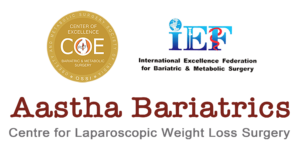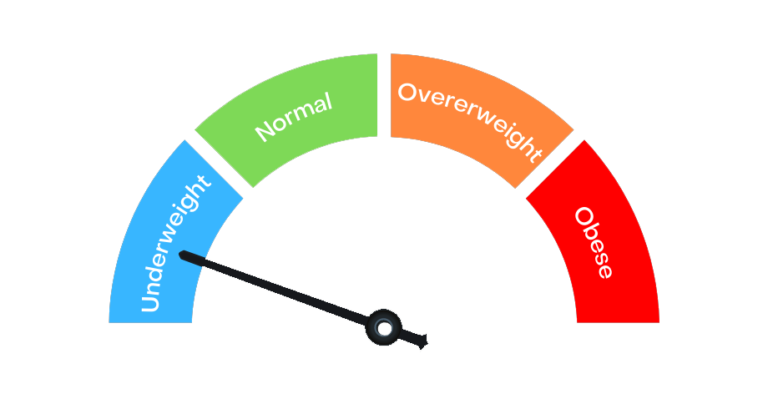
Aiman
Bariatric Dietician & Content Writer

Role Of Fibre Diet (Types & Sources)

A type of carbohydrate that the body can’t digest . Fibre is made up of the indigestible parts or compounds of plants, which pass relatively unchanged through our stomach and intestines .
The main role of fibre is to keep the digestive system healthy. It also helps with digestion, blood sugar management, and weight loss.
Types of Fiber?
Soluble fiber
Dissolves in water to form a gel that slows digestion. This can help with weight loss and lower cholesterol and blood sugar. Foods high in soluble fiber include oats, beans, peas, apples, bananas, and citrus fruits.
Insoluble fiber
Doesn’t dissolve in water, but helps with digestion and adds bulk to stool. This can help with constipation. Foods high in insoluble fiber include whole-wheat flour, wheat bran, nuts, beans, and vegetables like cauliflower, green beans, and potatoes.
Sources of Fiber in Foods :
Dietary fiber can be found in many foods, including whole grains, fruits, vegetables, nuts, seeds, and legumes.
Whole grains
Brown rice: A whole grain that’s a good source of fiber
Whole-wheat bread : A whole grain that’s a good source of fiber
Oats: Contain beta-glucan, a soluble fiber that helps with digestion and cholesterol levels
Fruits
Apples: Contain pectin, a soluble fiber
Whole fruits: Contain more fiber than fruit juice
Vegetables
Avocados : Contain fiber, healthy fats, and vitamins
Artichokes : Contain insoluble fiber and inulin, a prebiotic that promotes healthy gut bacteria
Nuts and seeds
Almonds : Contain fiber, healthy fats, protein, vitamins, and minerals
Chia seeds : Contain fiber, omega-3 fatty acids, protein, vitamins, and minerals
Legumes
Lentils : Contain fiber, protein, B vitamins, magnesium, zinc, and potassium
Chickpeas : Also known as “chhole” or “chana” in India, chickpeas are a great source of fiber
Importance of Fiber in Diet:
1. Digestive Health
Promotes Regularity: Fiber helps to add bulk to stool and facilitates its passage through the intestines, which aids in preventing constipation.
Gut Health: Certain types of fiber, like prebiotic fibers, feed the good bacteria in the gut, supporting a healthy microbiome.
2. Weight Management
Satiety: Fiber-rich foods tend to be more filling, which can help control hunger and prevent overeating.
Low Calorie: High-fiber foods often have fewer calories, making them an excellent choice for those looking to maintain or lose weight.
3. Heart Health
Cholesterol Reduction: Soluble fiber, found in foods like oats, beans, and fruits, can help lower LDL (bad) cholesterol levels.
Blood Pressure: Some studies suggest that fiber can help manage blood pressure, reducing the risk of cardiovascular diseases.
4. Blood Sugar Control
Slows Absorption of Sugar: Fiber helps slow down the absorption of sugar, preventing spikes in blood glucose levels, which is particularly beneficial for people with diabetes or at risk of developing it.
5. Reduced Risk of Chronic Diseases
A high-fiber diet has been linked to a lower risk of developing conditions like type 2 diabetes, heart disease, stroke, and even some types of cancer (especially colorectal cancer).
6. Improved Skin Health
Some studies suggest that a diet high in fiber can contribute to clearer skin by regulating hormones and reducing inflammation.
7. Detoxification
Fiber helps to “sweep” waste and toxins from the body, aiding in the detoxification process.
The recommended daily intake varies, but general guidelines suggest:
Women: 25 grams per day
Men: 30 grams per day






